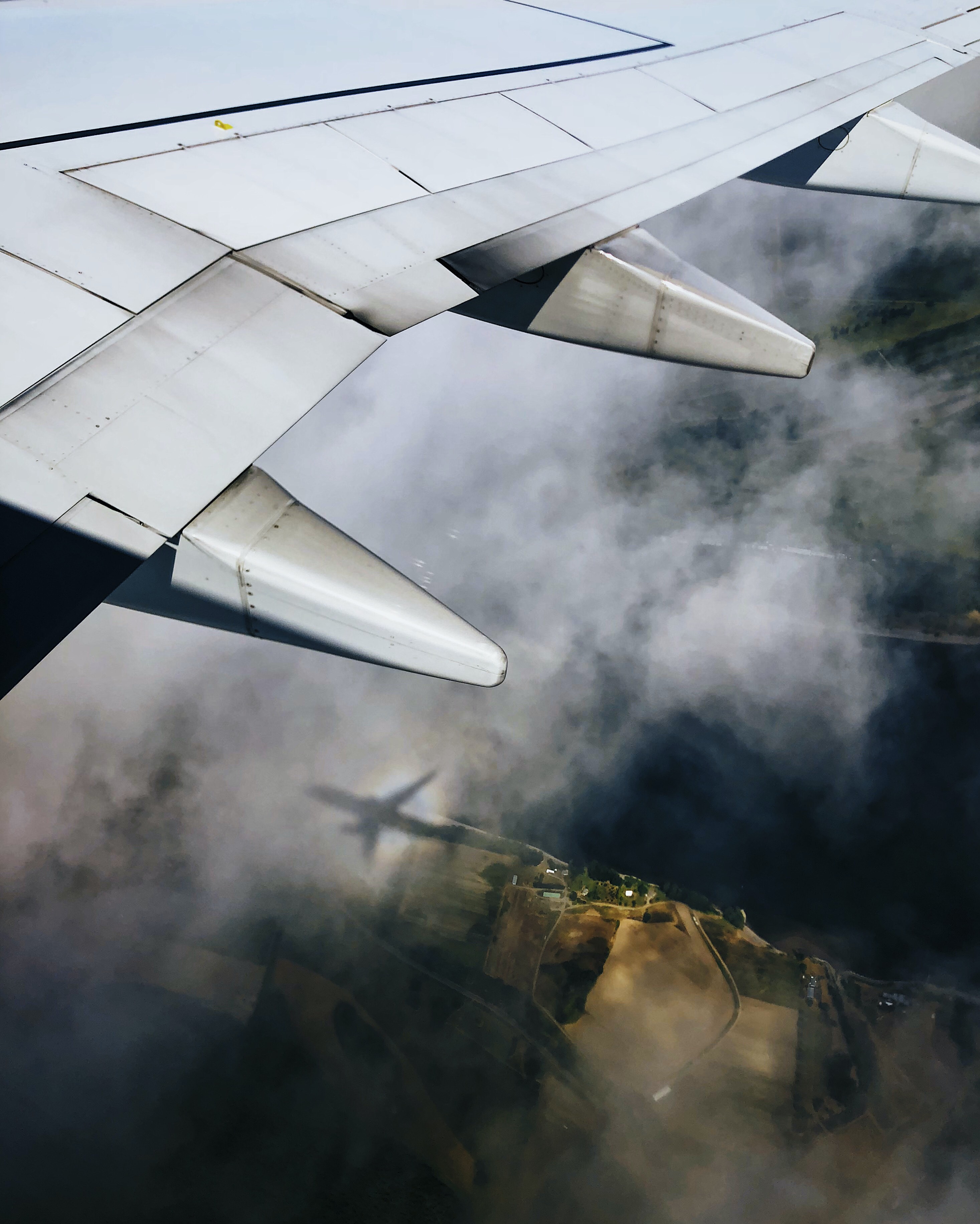
Introduction
Flying in adverse weather conditions, such as thunderstorms, is a concern for many passengers and aviation enthusiasts. In this blog post, we'll explore the safety measures and protocols in place for flying a plane in a thunderstorm.
Thunderstorms and Aviation
Thunderstorms are natural weather phenomena characterised by thunder, lightning, heavy rain, and strong winds. They can be hazardous for aviation due to turbulence, microbursts, and reduced visibility.
Aircraft Design and Safety
Modern aircraft are designed and built to withstand a wide range of weather conditions, including thunderstorms. They undergo rigorous testing to ensure structural integrity and safety during flights.
Weather Forecasting and Monitoring
Airlines and aviation authorities closely monitor weather patterns and receive real-time updates from meteorological services. Flight crews receive detailed weather briefings before departure.
Flight Planning and Diversion
Flight planning takes into account weather conditions along the route. If a thunderstorm is anticipated along the flight path, the pilot may adjust the route or altitude to avoid it
Radar Systems and Weather Avoidance
Aircraft are equipped with sophisticated radar systems that detect and display weather patterns, allowing pilots to navigate around storms whenever possible.
Turbulence and Seatbelt Signs
Turbulence can occur during thunderstorms. Flight crews activate the seatbelt sign to ensure passengers remain safely seated during turbulent conditions.
Lightning and Aircraft
Aircraft are designed to dissipate and conduct lightning strikes safely. They have conductive materials on the outer skin to direct lightning away from sensitive electronic systems.
Air Traffic Control Guidance
Air traffic controllers provide real-time information and instructions to pilots regarding weather conditions and potential deviations from the flight plan.
Decision-Making by Pilots
Pilots receive extensive training to handle various weather-related scenarios. They have the authority to deviate from the planned route or divert to alternate airports if they deem it necessary for safety.
Conclusion
While flying a plane in a thunderstorm carries inherent risks, the aviation industry prioritises safety above all else. Through advanced technology, thorough planning, and skilled flight crews, commercial aviation maintains an excellent safety record, even in adverse weather conditions. Passengers can rest assured that the airline industry adheres to strict safety protocols to ensure a safe and comfortable journey, regardless of the weather. Remember that pilots and aviation authorities make informed decisions to mitigate risks and prioritise passenger safety above all else.